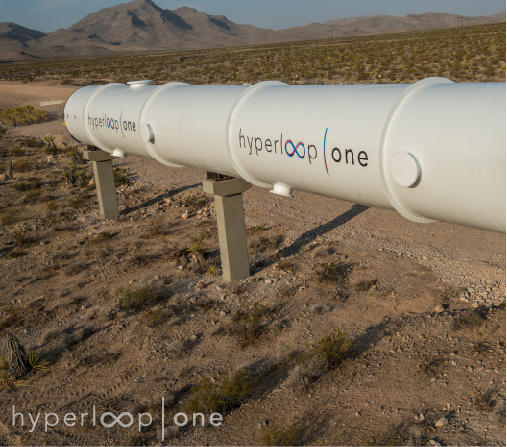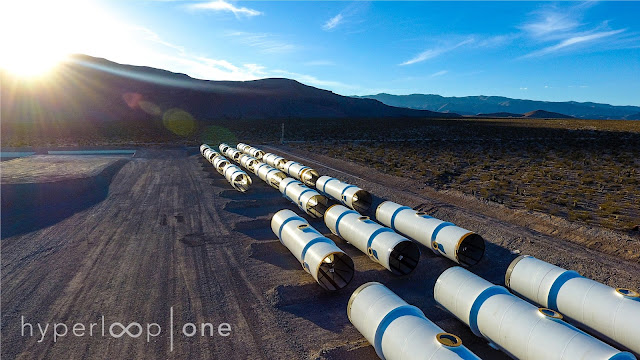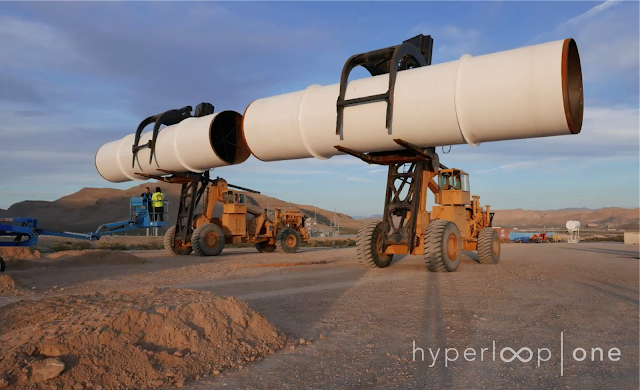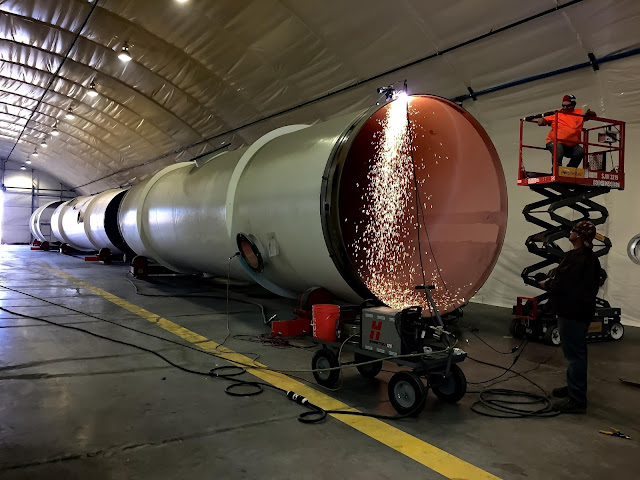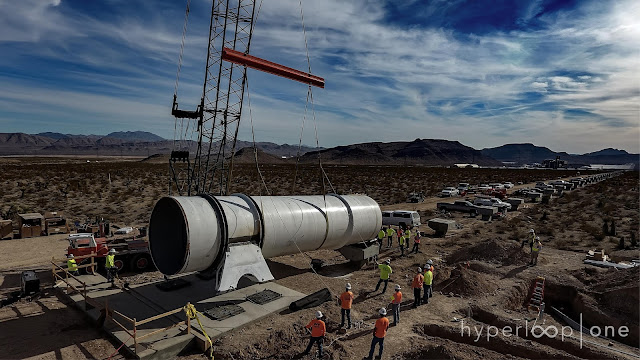Hyperloop One unveils its Vision for India through a revolutionary transportation concept
Although far from being a reality yet, the project had its first successful public demonstration of the propulsion motor in May 2016. The company is now working in tandem with global partners, governments and investors to develop the world’s first Hyperloop, and is on track to run the first full-system test in Nevada in 2017.
India is on the agenda too, and based on a feasibility study of markets and potential routes later this year, the LA-based company will decide on its future course of action. Currently, the plans are to integrate with India’s existing transport network with reliable, clean and on-demand autonomous transport, connecting major cities at faster-than-airline speeds. When it happens, people could live and work in different cities without relocating, goods can swiftly move along industrial corridors and port cities can be decongested.
The entire system is electric and can substantially ease the pressure on existing infrastructure and the environment, making it both financially and environmentally sustainable. The company is already working with governments around the world on passenger and freight projects, and is hopeful to begin work on the India leg soon. In line with initiatives such as ‘Make In India’ and ‘Digital India’, it would locally source material and manufacture components here, deploying local talent.
The company hopes that India will be an early adopter, and five routes are under consideration:
– Bengaluru-to-Chennai: 334 km in 20 minutes. Meeting the demand of a passenger and freight super-corridor growing at 15% a year.
– Bengaluru-to-Thiruvananthapuram: 736 km in 41 minutes. Connects two major ports in southern India with population centres of Coimbatore and Kochi.
– Delhi-to-Mumbai via Jaipur and Indore: 1,317 km in 55 minutes. Freight and passengers. Connects two megacities and creates seaport access for landlocked intermediary cities in the interior.
– Mumbai-to-Chennai via Bengaluru: 1,102 km. 50 minutes. Phased development for freight and passengers. Boosts capacity at ports of Mumbai and Chennai, creates a Suez Canal-like link between India’s coasts.
– Bengaluru to Chennai: 334 km in 20 minutes. Meeting the demand of a passenger and freight super-corridor growing at 15% a year. Connects with major airports.
